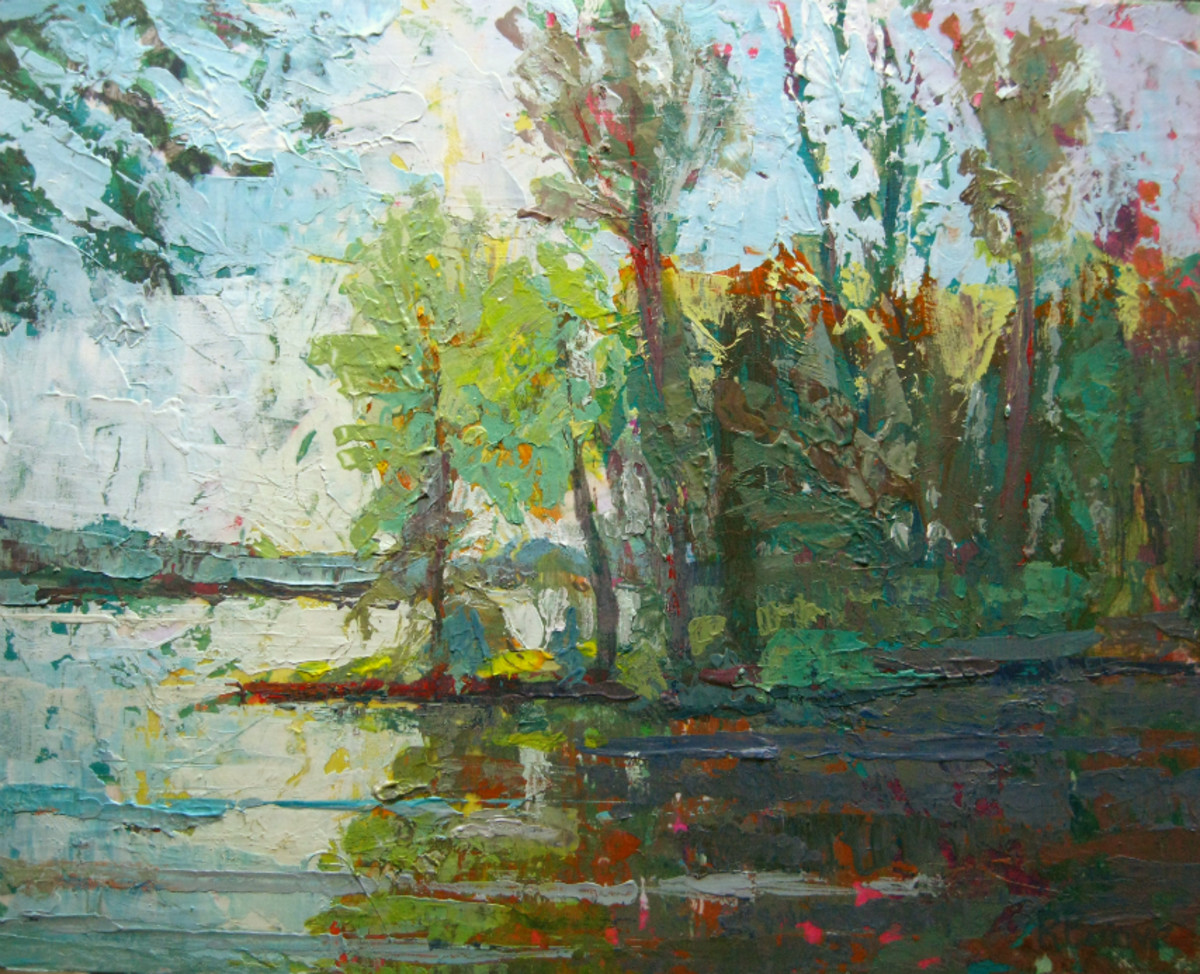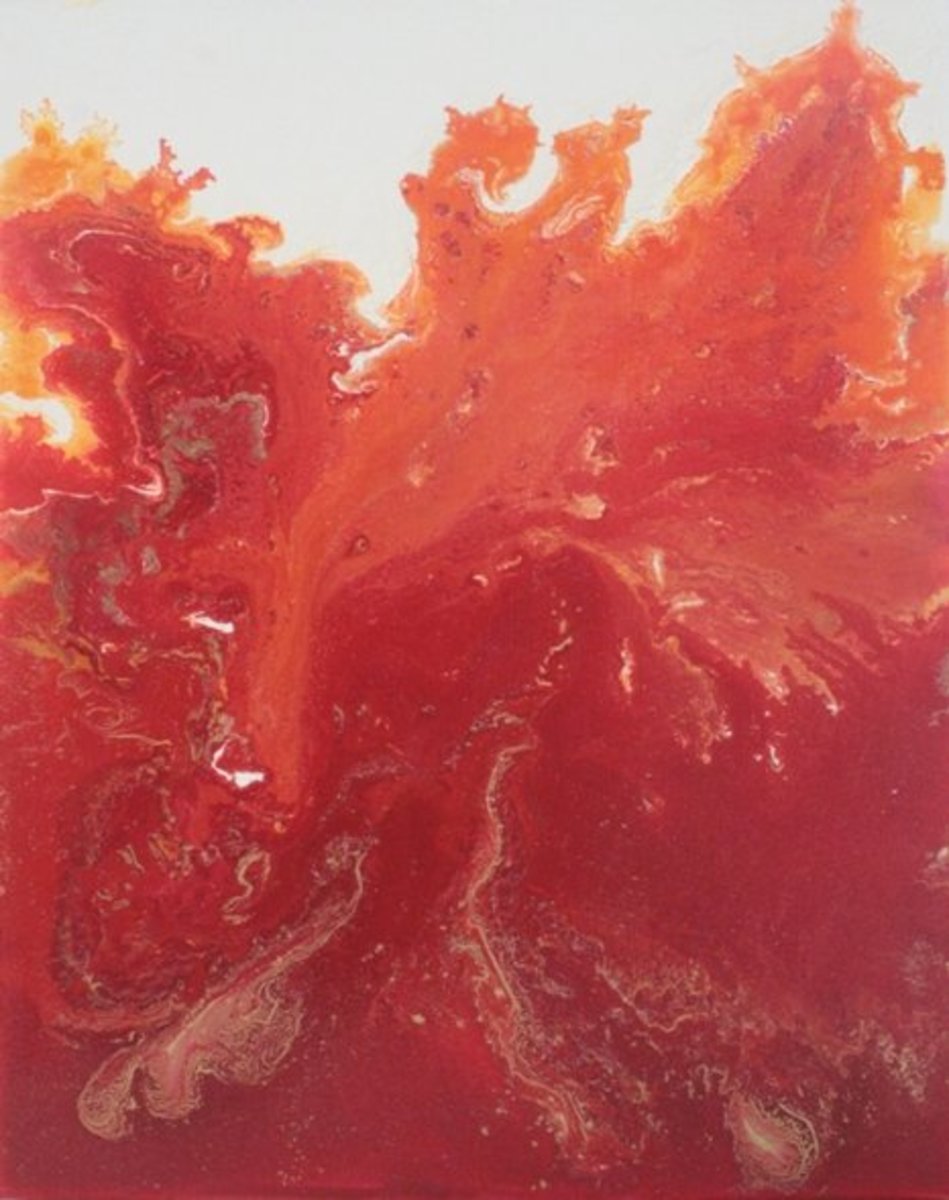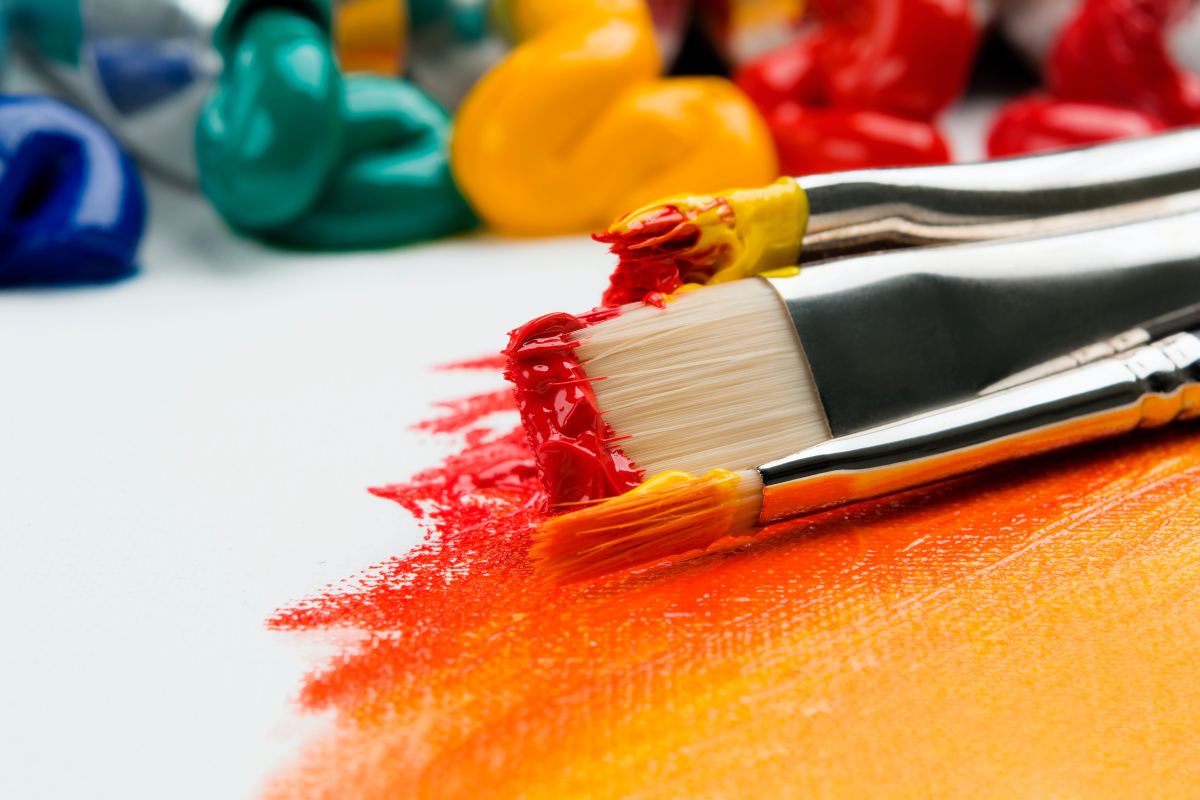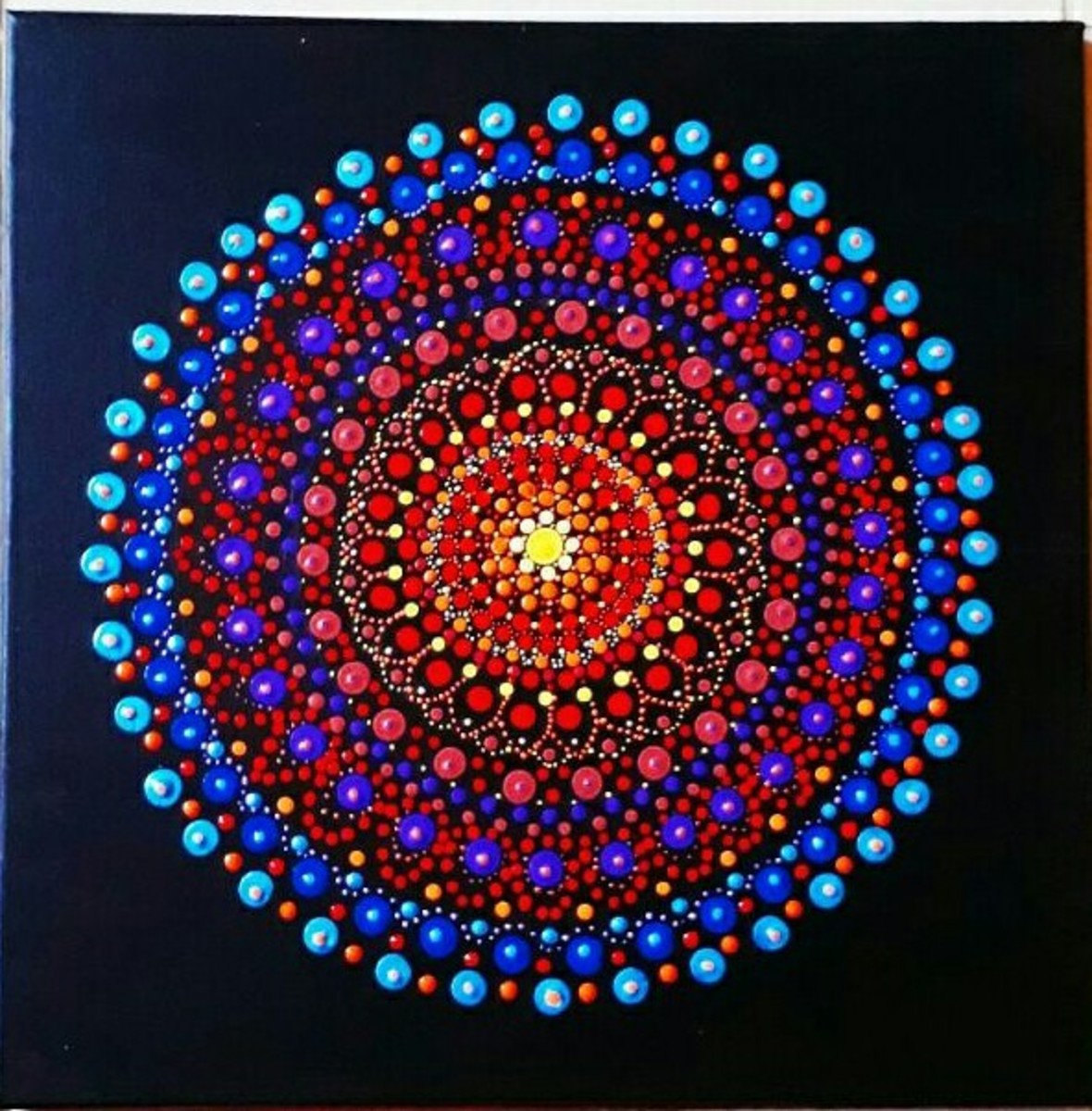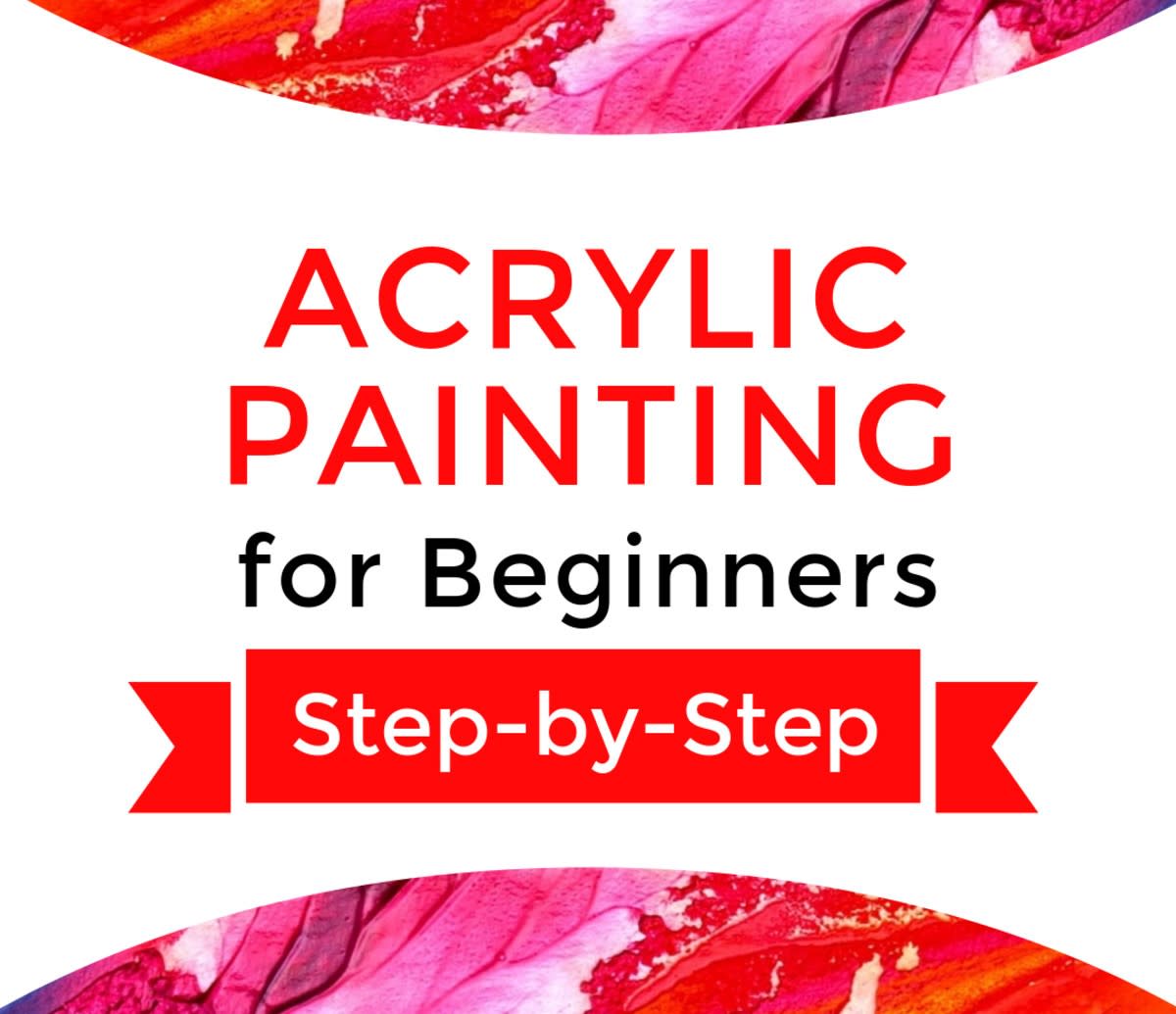Canvas Preparation Tips
To gesso or not to gesso
Painting is a past time for some and a profession for others. It could depend on talent, creativity or not, but it usually depends on the courage of the artist involved. Painting is a great source of comfort for those who indulge in this form of artistic expression.
What is Gesso? Gesso is a substance similar to white acrylic paint. It is usually bought ready made for the artist convenience.
Canvas preparation
- use a large brush
- paint with clean wet brush
- use the large brush to blend
- use gesso straight
- use gesso thinned with water
- color your gesso with a dab of paint, this is typically your chosen background color
Using gesso on the canvas is to ensure that you have a smooth, stiffer surface. It can be put on as thick or thin as you want, this all depends on what kind of look you are trying to achieve. This stage is also known as priming, so gesso is a primer. The use of gesso aids the painter by allowing them to use less paint, acrylic or whatever, to accomplish their finished product.
The choice to use gesso is up to the artist.
Since gesso is like adding a paint to your canvas it can be cured or you can go ahead and paint over it while it is wet, that also depends on what you are trying to achieve.
If you choose not to use gesso you will end up using lots of paint, that is the only drawback when not using gesso. Some other drawbacks are that if you don't allow your paint to dry well it can lighten the color of the paints you choose to use.
I personally recommend using gesso and allowing it to cure, so that your canvas has a smoother surface. This makes adding paint to your canvas and rendering your subject so much easier.
Another great thing about using gesso is if you don't like something you have painted or you have made a mistake, you can paint a layer of gesso over it and that will completely or partly cover the work you do not approve.
Gesso can give you a new canvas in a matter of moments if you want to start over. Gesso can also be used on a lot of various items which will allow the artist to paint anything from cardboard to vinyl .
Gesso types
- White
- Clear
- Black
- Colored
Creating your own custom colored gesso is easy all you have to do is add the acrylic paint tint you want and keep adding the color until you have the color you are looking for, then cover the canvas as usual.
Gesso grades
- Student
- Artistic
Student versus Artistic grade have to do with how much filler is in the product which also adds up to the cost and quality of that particular gesso. The saturation of the Artistic gesso usually happens because of the high pigment content which also gives you a better opaque coverage.
The quality of gesso depends on the brand you purchase some are more thin, while others are thicker. Gesso can also be found in a variety of containers, jars, squeezable tubes and bottles for your convenience.
So picking up a jar or bottle of gesso can suit any budget, and goes a long way to enhancing any acrylic art work for the student or the professional.
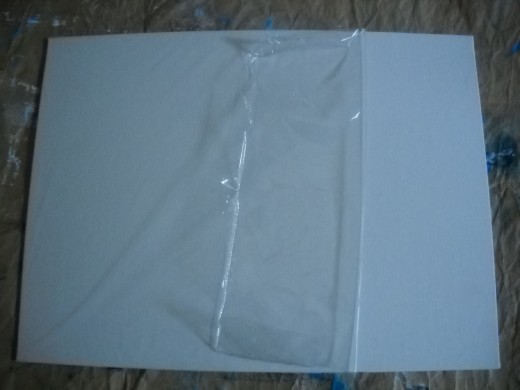
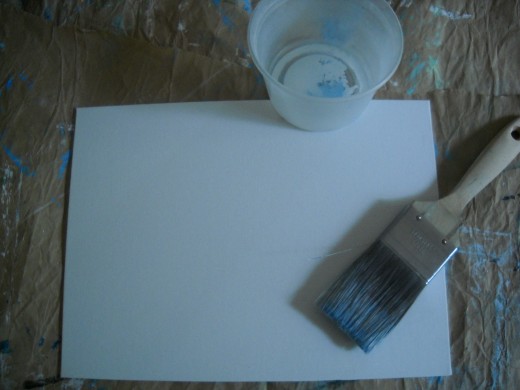
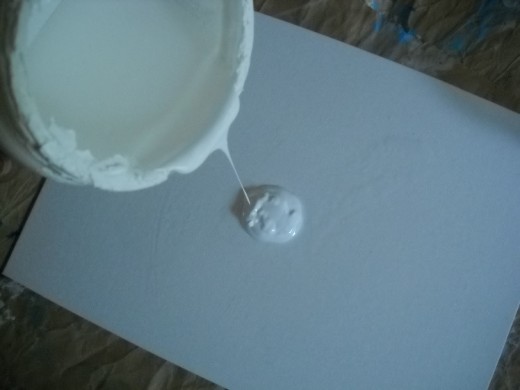
Stages of prep
It is always exciting to me to open a package and unwrapping a canvas board brings a new type of pleasure, because i know that i am about to start on a journey that gives my artistic expression an outlet.
Basic needs
- Purchasing the type and size canvas board that will work for your creative expression.
- Gather all your supplies
- Unwrap the board.
- Assemble everything at your station, brushes, 2 clean water jars, canvas, paint, jar of brushes, hand towels or paint rag, etc. Before you lay down your canvas go ahead and put some newspaper over your surface, so that you have less to clean up.
- Having a basket or tool box also makes things portable.
- Once all of your items are placed and ready, you can go straight to work.
Getting to work
- Wet the canvas with a little water on your large brush.
- Using large strokes back and forth cover the canvas board.
- Take gesso and pour a quarter size amount on the board and begin blending and smoothing the gesso across the canvas.
- Allow it to dry or not depending on what look you are trying to achieve with your background.
- Adding another layer is always easy, and can be anytime, it all depends on texture or layers you are looking for to satisfy your creative genius.
Always remember to wash out your brushes immediately so they can be used again. This is why it is good to keep another jar of plain water close at hand and within reach so you can do this immediately after using.
What ever you choose to do after putting the right amount of gesso on your canvas will give you added satisfaction just because it takes less work once you have prepared the surface of the canvas you are working on.
Experimenting is always a good idea. You can achieve interesting textures under your art work if you want to spend a few more moments doing swirls, arks or some type of raised feel to your piece of art.
Gesso at the end of the day makes painting a little less aggravating, causing your paint to go on in a more manageable way while using less paint.
- What is Gesso: Everything You Need to Know About How to Prime Canvas
What is gesso and why is it important? Find out! Learn about all the different types of gesso. Discover how to prime canvas with acrylic gesso.




